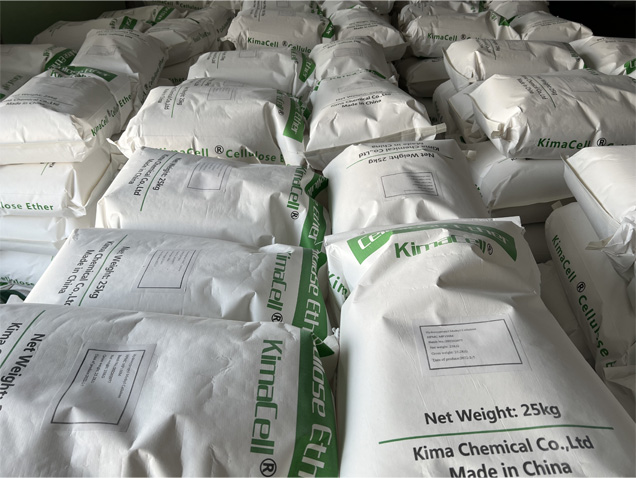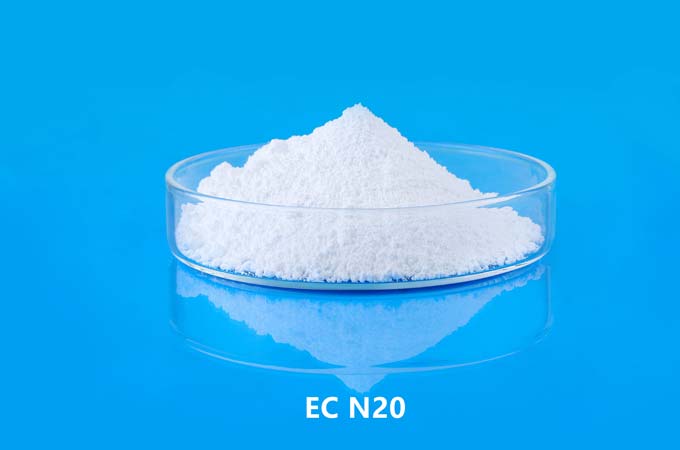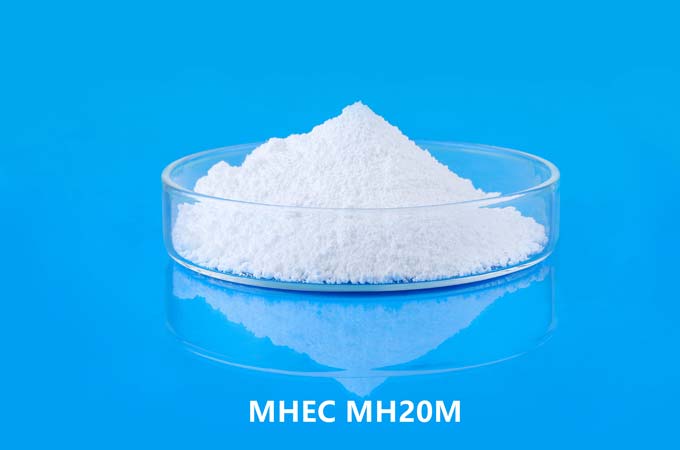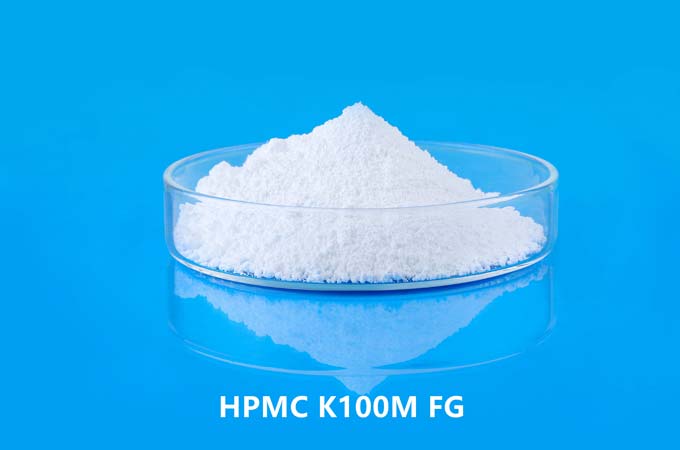Cellulose ether is a family of chemical compounds derived from cellulose, a naturally occurring polysaccharide found in the cell walls of plants. These compounds are produced through a process called etherification, in which the hydroxyl groups (-OH) of cellulose are replaced by ether groups (-O-). The introduction of these ether groups imparts unique properties to cellulose, making it suitable for a wide range of applications in various industries.
One of the most commonly used types of cellulose ether is Hydroxypropyl Methylcellulose (HPMC). HPMC is obtained by introducing hydroxypropyl and methyl groups onto the cellulose backbone. It is a versatile compound that combines the properties of two other cellulose ethers, Methylcellulose (MC) and Hydroxypropyl Cellulose (HPC). HPMC is valued for its thickening, emulsifying, and film-forming properties, which find applications in pharmaceutical formulations, personal care products, construction materials, and food products.
Hydroxyethyl Cellulose (HEC) is another important cellulose ether. It is derived by introducing hydroxyethyl groups (-CH2CH2OH) onto the cellulose backbone. HEC exhibits excellent water solubility, thickening capability, and stability over a wide pH range. It is widely used as a thickener, rheology modifier, and water-retention agent in various industries, including personal care products, paints, adhesives, and coatings.
Methyl Hydroxyethyl Cellulose (MHEC) is a cellulose ether that combines the properties of Methylcellulose (MC) and HEC. It is obtained by introducing both methyl and hydroxyethyl groups onto the cellulose backbone. MHEC is commonly used as a thickener, binder, and water-retention agent in construction materials such as tile adhesives and cement-based mortars.
Carboxymethyl Cellulose (CMC) is another significant cellulose ether. It is produced by introducing carboxymethyl groups (-CH2COOH) onto the cellulose backbone. CMC exhibits excellent water solubility and possesses thickening, stabilizing, and water-binding properties. It finds extensive use as a thickener, stabilizer, and binder in various industries, including food products, pharmaceuticals, detergents, and industrial applications.
Ethyl Cellulose (EC) is a cellulose ether where some of the hydroxyl groups of cellulose are replaced with ethyl groups (-CH2CH3). EC is known for its water-resistant and film-forming properties. It is widely used in coatings, encapsulation of pharmaceuticals, controlled-release drug delivery systems, and other applications requiring moisture protection.
Methyl Cellulose (MC) is a cellulose ether where the hydroxyl groups of cellulose are replaced with methyl groups (-CH3). MC is valued for its thickening, binding, and stabilizing properties. It finds extensive use in the food industry, pharmaceuticals, cosmetics, and construction materials.
Ethyl Hydroxyethyl Cellulose (EHEC) is a cellulose ether obtained by introducing both ethyl and hydroxyethyl groups onto the cellulose backbone. EHEC exhibits a combination of properties from Ethyl Cellulose (EC) and Hydroxyethyl Cellulose (HEC). It is utilized as a thickener, binder, and film-forming agent in various applications.

The applications of cellulose ethers are vast and varied. In the food industry, they are used as thickeners, stabilizers, and emulsifiers in products such as sauces, dressings, and dairy items. In pharmaceuticals, cellulose ethers serve as binders, disintegrants, and controlled-release agents in tablets, capsules, and other dosage forms. In personal care products, they are employed as viscosity modifiers, film formers, and texture enhancers in creams, lotions, and shampoos. In construction materials, cellulose ethers contribute to the properties of adhesives, mortars, and coatings by providing viscosity control, water retention, and improved workability.
The advantages of cellulose ethers include their biodegradability, non-toxic nature, and compatibility with other materials. They offer excellent water solubility, thermal stability, and pH resistance, making them suitable for a wide range of formulations. The properties of cellulose ethers can be tailored by adjusting the degree of substitution, molecular weight, and other parameters during their synthesis.
In conclusion, cellulose ethers, including HPMC, HEC, MHEC, CMC, EC, MC, and EHEC, are versatile compounds derived from cellulose. They find extensive use in various industries due to their unique properties such as thickening, water retention, film formation, and stabilization. Their applications range from pharmaceuticals and personal care products to food, construction, and coatings. Cellulose ethers contribute to the development of innovative and sustainable products across multiple sectors.
 English
English 日本語
日本語 français
français Deutsch
Deutsch Español
Español italiano
italiano русский
русский português
português العربية
العربية Türkçe
Türkçe Nederland
Nederland




